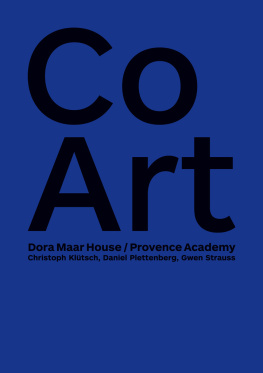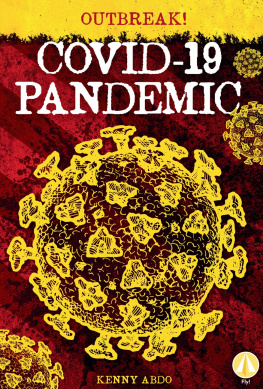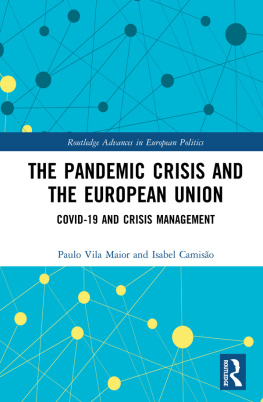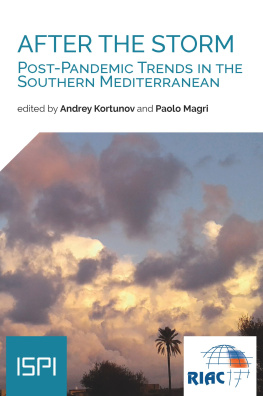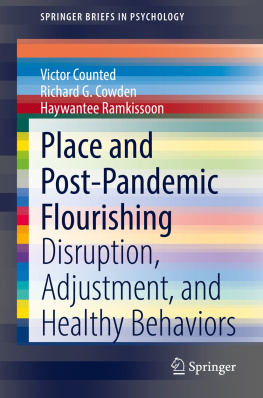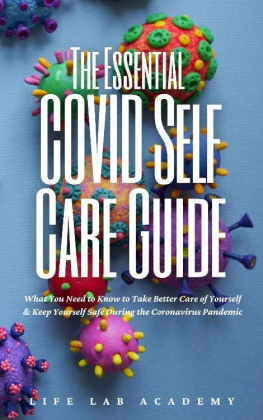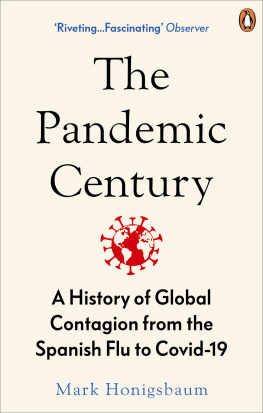Table of Contents
Introduction
Gwen Strauss
In mid-March 2020, I had to do something I had never done before in thirteen years of running a residency program: I had to tell the artists in residence to leave. Of course, in this exceptional moment, I was not unique. People everywhere were doing things they had never done before. Facing a global pandemic in this technological information age, we were both thrown back centuries into the local history of plagues and forced forward into new territory of virtual disembodied connection.
In the quiet period of what was called in France confinement, (a word that also means in English the period of gestation before giving birth) I had time to think about the purpose of a residency program. So much of the magic of the Dora Maar House was the feeling of peaceful oasis that allows for conversation and exchange, deep thinking, and creative questioning. But was this protected oasis (or ivory tower) possible or even ethical? The pandemic had exposed what had been barely hidden: the global rifts of poverty and wealth, the differences in health care along race and class, the failure of capitalism to address urgent crises, and power-plays in political systems to exploit fear and widen those gaps.
Against this backdrop, I wondered about how and when we re-opened the Dora Maar House, what purpose could we serve? How could the Dora Maar House be relevant? It seemed impossible to just go on as before without examining where we were.
In an exhibition on the 1720 Great Plague of Marseille in a nearby town of Cavaillon at the Hotel dAgar, I had seen woodcut prints on the theme of the Dance Macabre inspired by the plague. They presented an allegorical scene of a skeletal Death figure seizing people from life. The message was clear: we all die, no one is immune from Death. Peasant, king, child, midwife, or Pope, all are vulnerable. In the Dance Macabre everyone looks frightened and shocked; everyone but the artist. The artist plays the role of the happy fool, laughing at the appearance of Death. The artist seems to be the only one who has a unique perspective in these moments of confusion, vulnerability, and horror.
During the confinement, in conversations with Christoph and Daniel (virtually or outdoors at a good distance), Daniel said something that startled me with its clarity: We will always remember the summer of 2020. There will always be before the pandemic and after the pandemic. We are on a fulcrum moment in history. Why not, we asked ourselves, use this gestation period to explore, to note and mark, to exchange, and to create a collective document, a dynamic archive. Could Dora Maar be a place where artists, like those in the Dance Macabre, might bear witness from their unique perspective?
PART 1
CoArt, an artist in residence experiment in southern France in August 2020 - Art practice in times of social distancing
Christoph Kltsch
April 2020. The world stands still.
There are only a few moments in world history when humanity has collectively paused. Despite fears and shock, people all over the world have found structures of solidarity in response to the situation. We reduce social life in order to protect ourselves - but more so others. The consequence is a deep reflection. This moment is a special one. And while politicians and economists cannot yet estimate what the consequences will be, artists and intellectuals have a unique opportunity to develop alternatives. The rhetoric of it can't be done because it's not affordable has been exposed as a lame excuse. Much is possible if we only want to. More can be done, and differently!
How have these experiences changed us, what have we learned, and how can we direct our actions in the future so that solidarity can continue to grow? What cultural practices do we lack, and what new ones have we developed? Which ones must be critically examined, and which ones should be promoted and how?
August 2020 - CoArt...
In the summer of 2020, culture is in a unique crisis. In addition to the economic damage of the epidemic, culture is deprived of one of its key skills and tasks. Culture enables a direct exchange between people in open spaces, in thinking spaces, galleries and concert halls, coffees and performances. All these activities were classified as not system relevant and closed. It is still not foreseeable how these spaces can fully reopen. However, it is precisely these spaces that enable reflection, allowing people to develop strategies for dealing with the real, the formless, the horror. Besides the scientific and medical consideration of the Coronavirus, it is of central importance that society deals with the cultural, psychological and social dimensions of the virus. How will such spaces look after the loosening of initial restrictions, but still keeping the closure of numerous cultural institutions?
During the confinement of 55 days in France from March 17 to May 11, we were only allowed to leave the house for shopping, walks and sports (max. 1 hour), neighborhood help or doctor and pharmacy visits, and work. After that, until June 1, groups of a maximum of ten people were allowed to meet privately, because restaurants, shops, museums, venues were all closed. After gradual easing, the German-French border was reopened on June 15. Only since July 11, has public life in France been largely normalized" in terms of freedom of movement, although compulsory masks and distance rules continue to apply, depending on the epidemic situation.
After a few weeks of initial restrictions, the Provence Academy in Saignon and the Dora Maar House in Mnerbes met at the end of May 2020 to work. We talked about the situation, to understand how it changed our livelihood and to look for new ways to have a space of exchange between artists, despite everything. We tried out different ideas and finally came to the conclusion to make this very situation our theme. The world is in upheaval. In 2020 we live in a time in which the course for the future is being set. We can change the world positively or let the current dystopian forces prevail. How, we asked ourselves, can we continue to be creative together? CoArt-19 was born. We decided to ask artists from all over the world their experience of the epidemic. We put together an exhibition in the two gallery rooms of the Dora Maar House and invited cultural workers to eat, play, and work together, while respecting the corona measures A Table.
The clarity, concentration and calmness that the participating artists and interlocutors of our A table Mise-en-scne" show experienced was remarkable. But also feelings of anger at politics, hope for change, and solidarity. Cultural workers of all kinds took part in our little experiment in Mnerbes: on site, at the table, and virtually. We had invited 16 artists each to our A table Mise-en-scne on August 8, 15 and 22. Didine van der Platenvlotbrug moderated the evenings. To avoid spontaneous group formations, we served a three to five course menu at three to four tables outside in the garden of the Dora Maar House. A series of games, conversation aids, questioning, brainstorming, meditation exercises, and telepathic connections guaranteed that the conversations did not risk drifting into the usual social banter. Instead, we encouraged an exchange about how we were dealing with the situation. What fears and hopes did we have? How did it affect our lives, work, practice? What political, societal and social issues had arisen, and what had increased or decreased in importance? One highlight was a video automaton in which everyone answered a question of his/her choice in front of the camera, alone. The videos can be seen on the Provence Youtube channel. They are clear, calm, concentrated, sincere and thoughtful.

